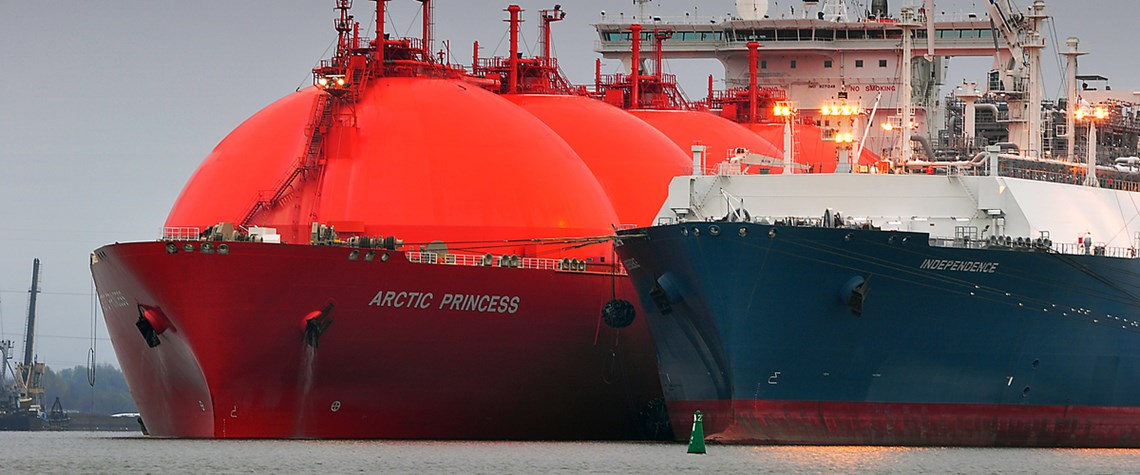Allowing LNG to boost liquidity
New European terminals can play a vital role in an era of pipeline gas decline, but only if they provide genuine flexibility for all
Covid-19’s first wave showed exactly how integrated LNG has become into the liquid gas hubs of northwest Europe. When Asia started to cancel cargos as national lockdowns crushed demand, these volumes were rerouted to Europe, where they served to ‘top up’ US exports also delivering into LNG’s market of last resort. The resultant oversupply sent strong bearish price signals. But, as the benchmark TTF price plunged by early June, the US cancelled a swathe of cargos, supply was curtailed and—as demand recovered—TTF surged by over 60pc over the last few months. “With LNG import capacity increasing Europe’s supply options, the gas market in an ‘Energy Union’ case can build up its resilience to sup

Also in this section
22 July 2025
The gas-hungry sector is set for rapid growth, and oil majors and some of the world’s largest LNG firms are investing in ammonia production and export facilities, though much depends on regulatory support
22 July 2025
Next year’s WPC Energy Congress taking place in April in Riyadh, Saudi Arabia will continue to promote the role of women in the energy sector, with a number of events focusing on the issue.
22 July 2025
Pedro Miras is the serving President of WPC Energy for the current cycle which will culminate with the 25th WPC Energy Congress in Riyadh, Saudi Arabia in April 2026. He has over 30 years of experience in the energy sector, including stints with Repsol and the IEA. Here he talks to Petroleum Economist about the challenges and opportunities the global energy sector currently faces.
17 July 2025
US downstream sector in key state feels the pain of high costs, an environmental squeeze and the effects of broader market trends








